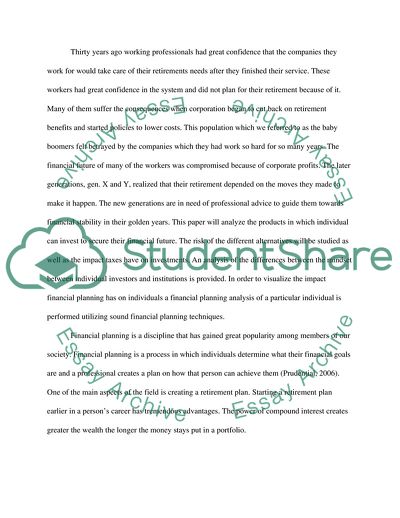Cite this document
(Comprehensive Financial Planning Case Study Example | Topics and Well Written Essays - 2000 words, n.d.)
Comprehensive Financial Planning Case Study Example | Topics and Well Written Essays - 2000 words. https://studentshare.org/finance-accounting/1707830-personal-financial-management
Comprehensive Financial Planning Case Study Example | Topics and Well Written Essays - 2000 words. https://studentshare.org/finance-accounting/1707830-personal-financial-management
(Comprehensive Financial Planning Case Study Example | Topics and Well Written Essays - 2000 Words)
Comprehensive Financial Planning Case Study Example | Topics and Well Written Essays - 2000 Words. https://studentshare.org/finance-accounting/1707830-personal-financial-management.
Comprehensive Financial Planning Case Study Example | Topics and Well Written Essays - 2000 Words. https://studentshare.org/finance-accounting/1707830-personal-financial-management.
“Comprehensive Financial Planning Case Study Example | Topics and Well Written Essays - 2000 Words”. https://studentshare.org/finance-accounting/1707830-personal-financial-management.


